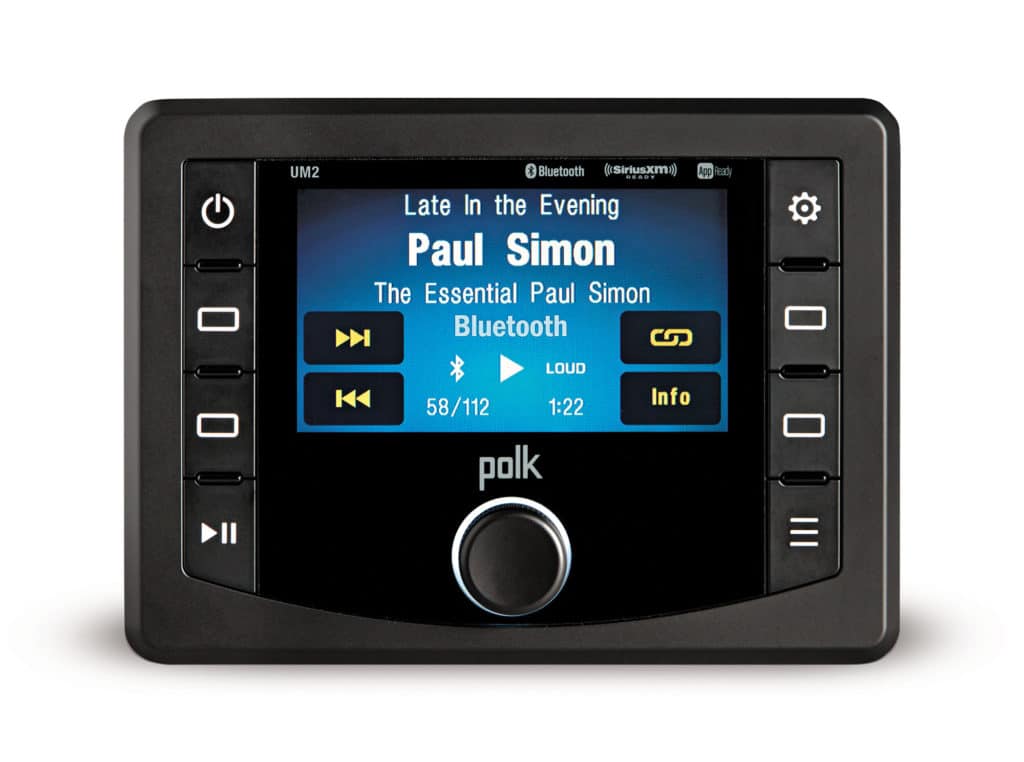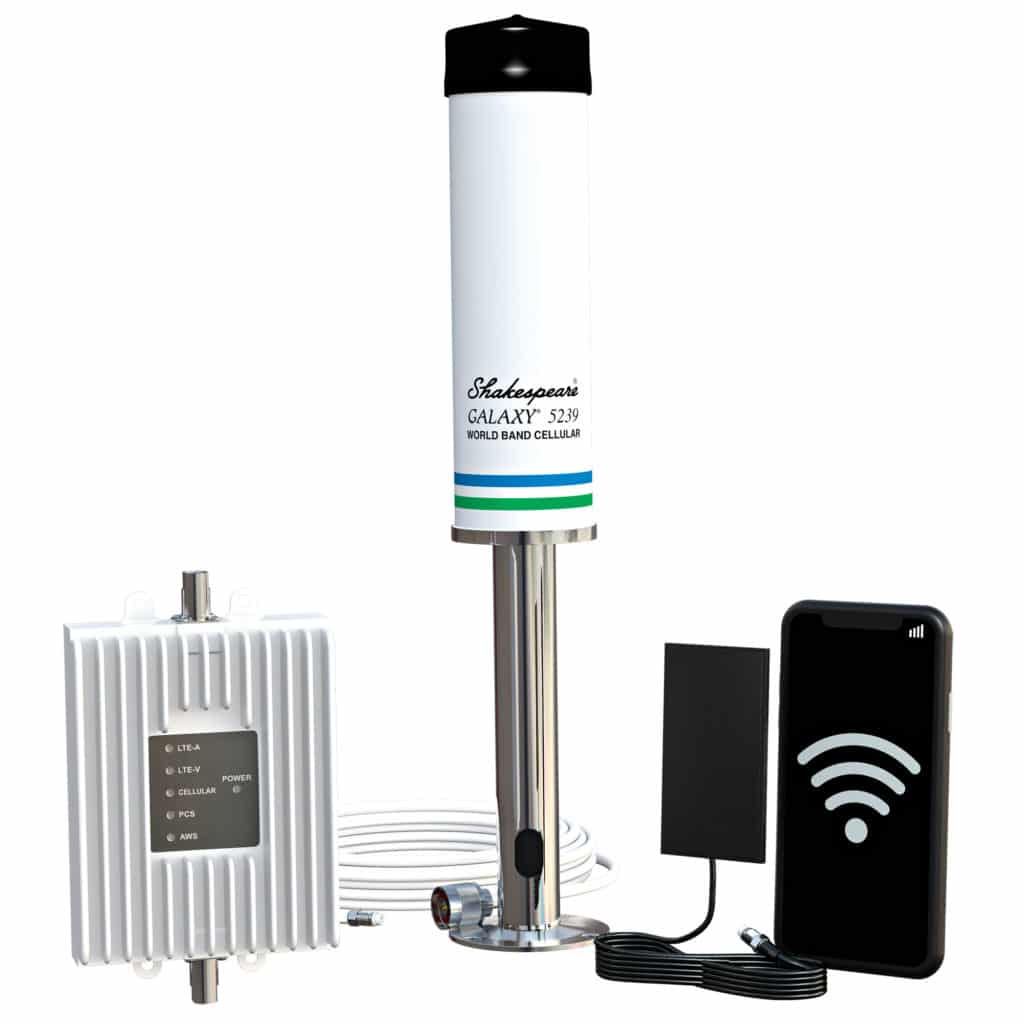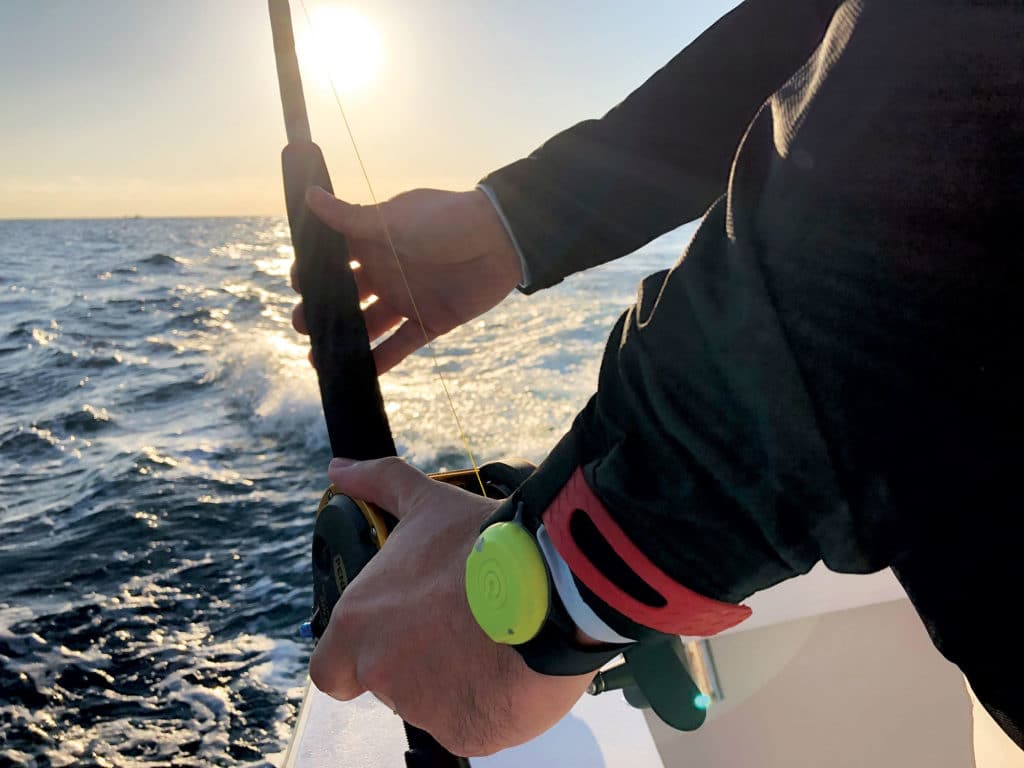
In August 1995, Jim Bertken, 37, outdoor editor for the Los Angeles Daily News, was on assignment on an overnight tuna trip off the rugged, wind-swept central coast of California. No one truly knows the precise chain of events that night, but the Coast Guard report concluded that Bertken had likely fallen into the chilly waters of the Pacific Ocean sometime between 2:30 and 3:30 a.m. while suffering from seasickness.
He was not missed until a good two hours later and, despite an extensive search, Bertken was never found.
He left behind a wife and two young sons, as well as many good friends—myself included—who always pondered if that tragedy at sea could have somehow been averted.
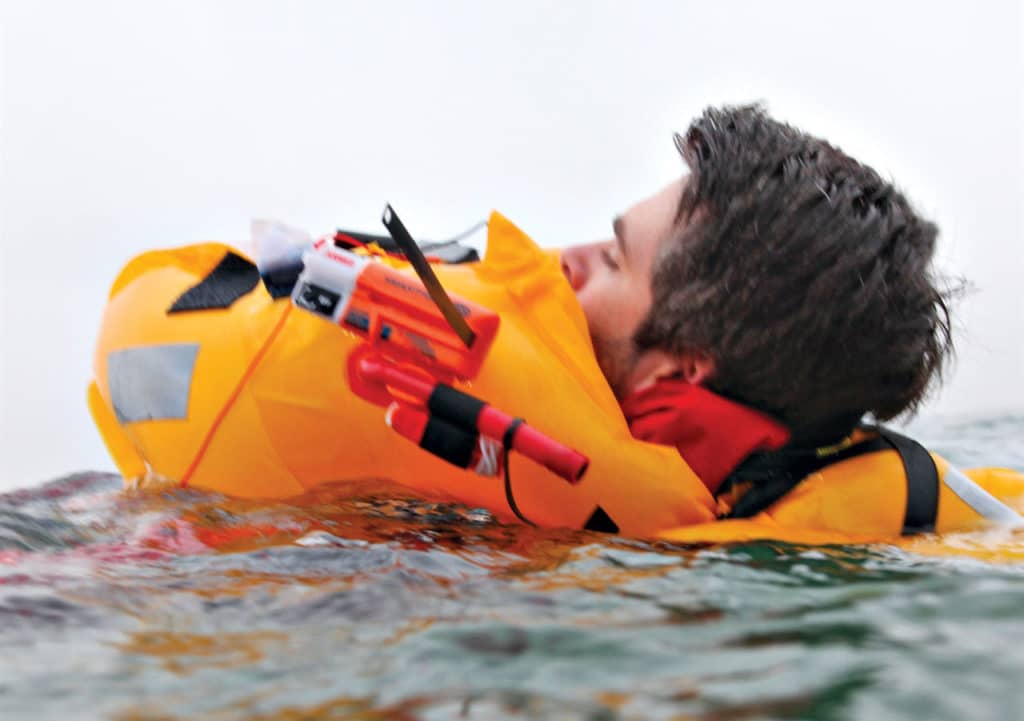
Avoiding Calamity Prudent seamanship and vigilance play vital roles in preventing and responding to man-overboard (MOB) situations. Today, there are also marine electronic products and systems from brands such as ACR Electronics, McMurdo and Ocean Signal that augment precautions, speed rescues, and help avoid tragic consequences.
Some devices emit alerts in case no one sees or hears a crewmember fall overboard. Many systems also help you locate the victim and/or automatically enlist the help of rescue agencies and nearby boaters in the search. Other MOB devices can also shut down the engine if the helmsman accidentally goes into the water, a potentially life-saving feature for anglers who boat by themselves.
All of these systems include the use of compact, wearable devices. Some look like wristwatches, key fobs and flashlights. Many are designed to attach to a life jacket or article of clothing. Some are manual, and others have automatic triggers that include water immersion, increased boat distance, and inflatable-life-jacket activation. Of course, their effectiveness hinges on skippers and crews wearing them religiously, day or night, in calm or rough seas.
App Alert One of the newest MOB safety systems available to boating anglers is also one of the simplest to use and least expensive. The Overboard Location Alert System (OLAS) from ACR Electronics includes man-overboard devices to wear on the wrist, life jacket, article of clothing or around the neck. It triggers alarms and alerts on your mobile device if a crewmember falls over the side. Utilizing the latest 5.0 Bluetooth technology, the OLAS wristwatch-type Tag ($84.95) and wearable, buoyant Float-On ($139.95) connect wirelessly to your smartphone or tablet with a mobile app. Once matched with and set to track one or more of the OLAS devices, the app will detect a break in the virtual tether—a distance of about 50 to 75 feet—from the mobile device within eight seconds. The Float-On is also water-activated. Cell service is not required for the free app to work.
Read Next: Create a Virtual Safety Net With These Small Beacons
In case of an MOB, the app sounds a loud, sirenlike alarm on the mobile device and sets off the phone’s flashlight strobes to alert the crew to the emergency. It also stores the GPS position and aids in the recovery with directions to the stored location. The Float-On includes an LED flashlight/strobe to help with recovery at night.
AIS AIS (automatic identification system) serves as the basis for a number of MOB systems, such as the SmartFind S20 ($249) from McMurdo. It has been designed to help locate and rescue a missing crewmember quickly.
Featuring a built-in GPS, the SmartFind S20 transmits the victim’s position continuously for a minimum of 24 hours, which can be read on an AIS-enabled chart plotter or AIS-equipped VHF radio. It also features a flashing LED indicator light to aid detection in the dark.
The SmartFind S20 can be carried in its own belt pouch or mounted on an inflatable life jacket using the supplied clips. When it is installed on the life jacket, the orange safety tab is released, which arms the S20. To activate, first inflate the life jacket, then pull the orange tab downward to pull the red cap off. This deploys the antenna and automatically switches on the S20.
DSC and AIS A few MOB systems combine AIS with DSC (digital selective calling). The AISLink ($279.95) from ACR, for example, features integrated DSC to alert you and others if a crewmember goes overboard.
A DSC VHF radio alarm is activated immediately, sending an emergency alert to first responders and nearby vessels with DSC-equipped radios. AISLink also transmits the victim’s position information, which will appear on any AIS receiver, such as an AIS-equipped VHF radio or chart plotter within about 4 miles.
This device is designed to be installed inside the fabric cover of an inflatable life jacket. When the jacket inflates, the expanding vest bladder pulls a ripcord that activates the AISLink DSC and AIS tracking functions, and deploys a 12-inch broadcast antenna.
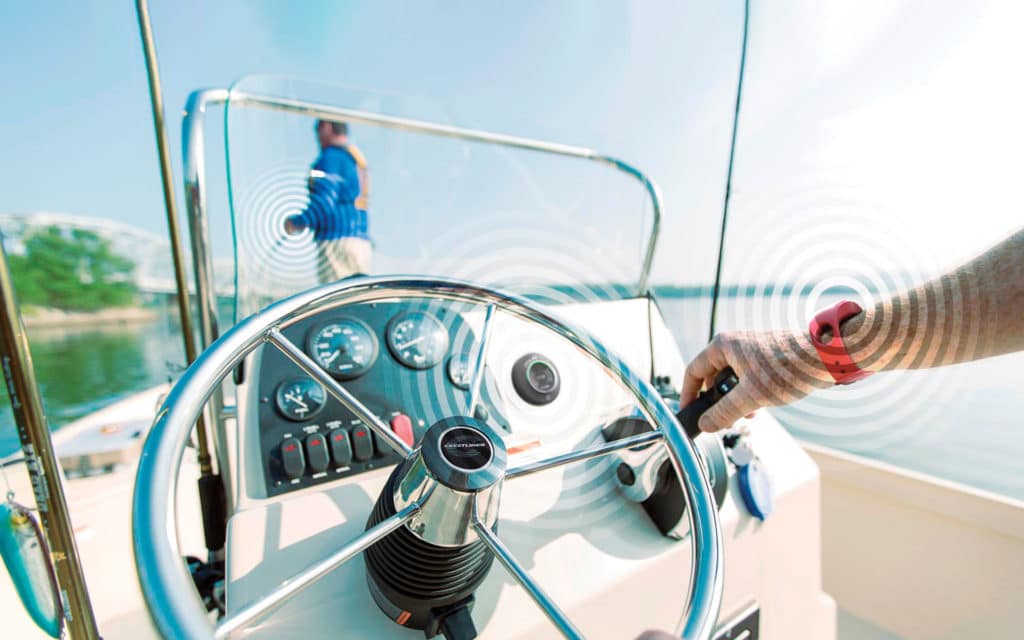
Wireless Kill Switches Many of these MOB systems are designed for multiperson crews. But what if you’re fishing solo and go overboard while the boat is underway? Engine builders include a safety-stop lanyard (aka kill switch) at the helm, intended to shut down the engine in the event the helmsman is thrown from the boat. Yet these lanyards limit the angler’s mobility. As a result of such inconvenience, most skippers don’t wear them much of time, even when fishing solo. However, wireless kill-switch technology from companies such as Autotether, Fell Marine and, in the near future, ACR combine mobility with MOB safety.
The Fell MOB+ system ($199.99 for the base pack), for instance, includes a compact 12-volt DC-powered xHUB that installs in a standard 2-inch instrument hole near the helm. This pairs wirelessly with a Fell xFOB, which can be worn around the neck with a lanyard, placed inside a wristband, or attached to clothing or a life jacket.
Read Next: Safety Beacons for Anglers
If an xFOB wearer goes in the water or drifts more than 50 feet from the xHUB, the engine shuts down. The xHUB pairs with up to four xFOBs, allowing it to serve as a general-purpose MOB safety system, as well as a kill switch for solo skippers. The Fell system re-enables the engine to start in six seconds.Crewmembers may fall overboard while fishing, but the latest MOB safety systems dramatically improve the chances of swift and safe rescues.
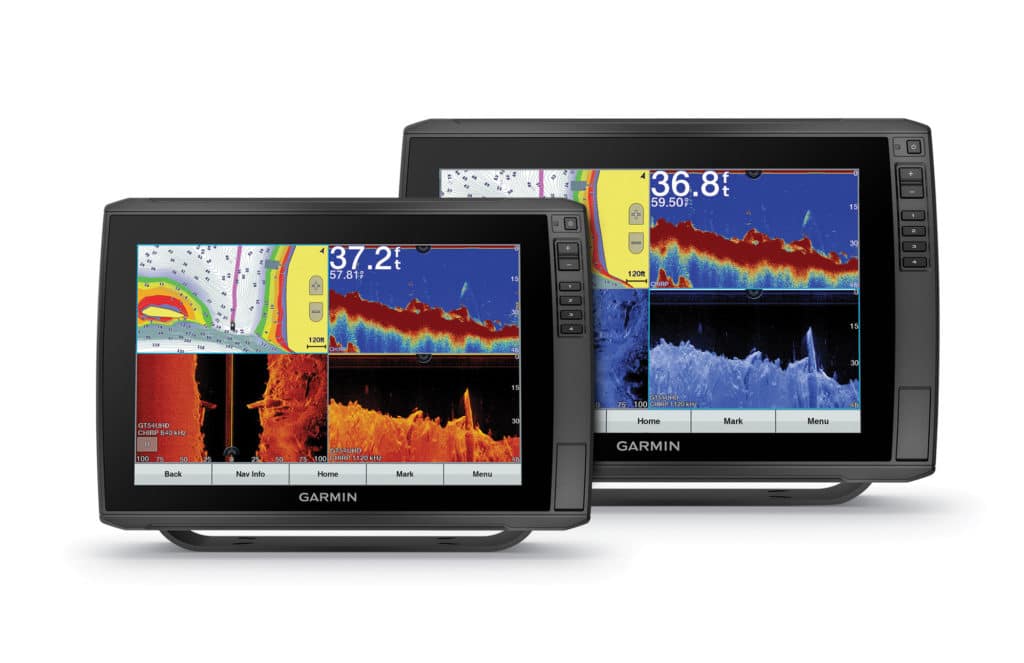
New Electronics
